The urban wheelbarrow
So here we are here, back to the city, back to the highway noise and police sirens and curbside trash pickup. What do we do now? For starters, how about dig up a piece of the yard for the new garlic bed?
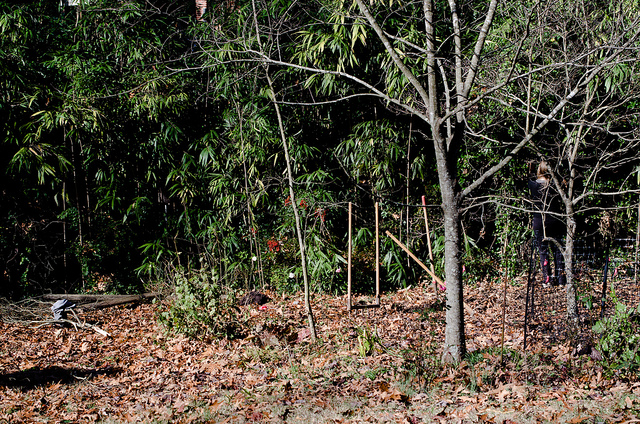
You might recall this year’s garlic harvest, back before the move to the city, and how much we were able to grow. We are still sitting on a mound of bulbs and giving it away by the bag full. Before giving any away we were careful to sort out several pounds of seed garlic.
We actually started the basis for the garlic bed a few months ago, putting the full force of seven chickens to work and getting the grass nibbled down and depositing a nice layer of manure. Add to that a nice layer of leaves to keep the soil moist for digging, measure and mark the bed, and we are ready for the heavy lifting.

The bed prep was pretty standard – broadfork the row, put down a layer of leaves and compost, add a sprinkle of worm castings then dig out the pathways. The soil from the pathways gets thrown up on top of the leaf layer.
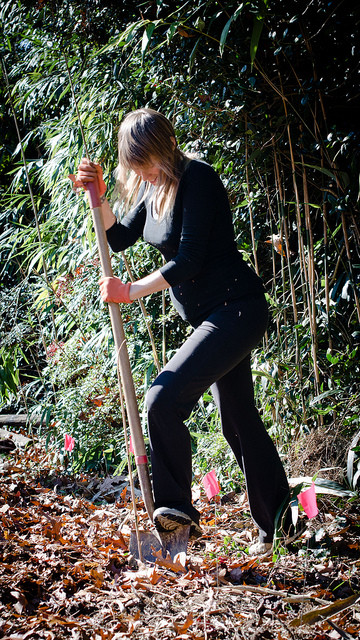
That soil is chopped up finely with the leaves and the compost and the worm castings. Rake that out flat, add another layer of leaves and you are ready to plant.
We are fortunate to have an abundance of leaves. When I saw people raking up their leaves in the neighborhood, I sent a message to the neighborhood asking for their leaves. I set up a corral by our driveway so folks could just bring over their bags and bins and such and just dump everything into a big pile.
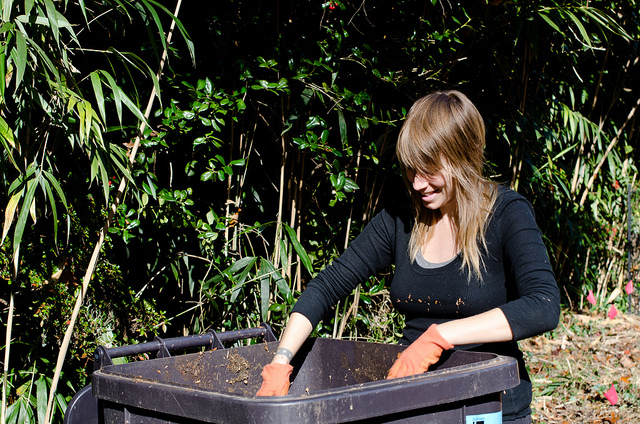
But let me back up a second… When we moved here, there were three giant waste receptacles waiting for us. One blue for recycling, one green for trash and one brown for “yard waste”. We immediately knew that we would never set that last one out by the road just for the simple fact that our yard does not generate waste. We also knew that we would be out seeking other people’s yard waste bins and dumping the contents into our yard.
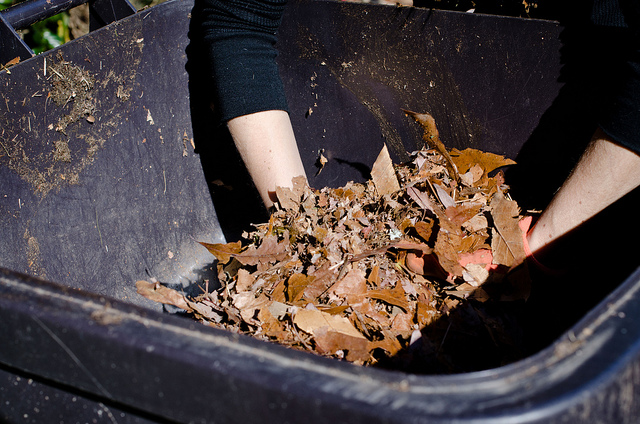
The concept is baffling – putting your leaves and sticks and grass clippings in this bin and having the city haul it away to who knows where. The only waste in this scenario is this bin and its associations. With all the front yard gardens in this neighborhood, surely we could keep at least some of our beautiful little nuggets of carbon snuggled within the same yards?
Well, we have this bin. May as well use it, right? It is a perfect little urban wheelbarrow (even though we already have a wheelbarrow). But this one is upright, has a lid, let’s you throw the leaves and grass together to get some nice heating up and breaking down going on before applying to garden beds as mulch.
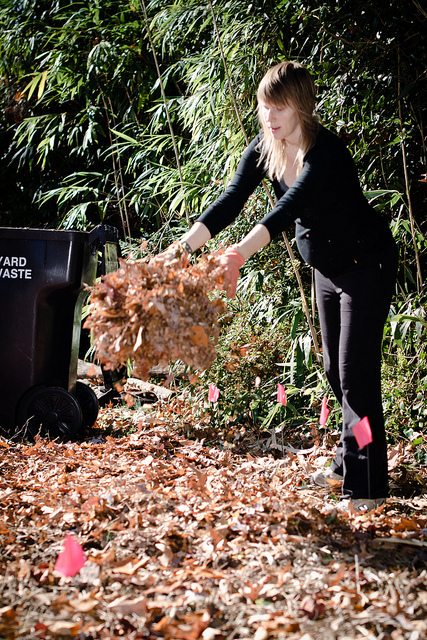 And you can store this mulch and basically let it compost until you need it again.
And you can store this mulch and basically let it compost until you need it again.

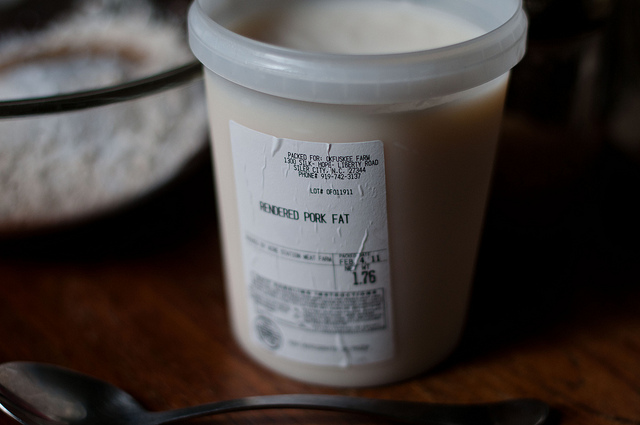

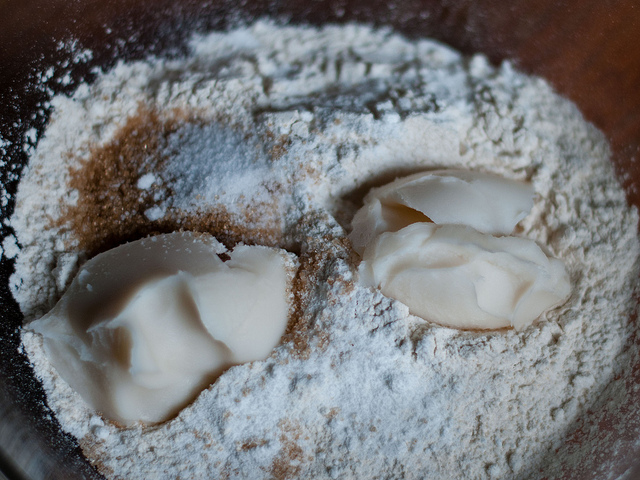
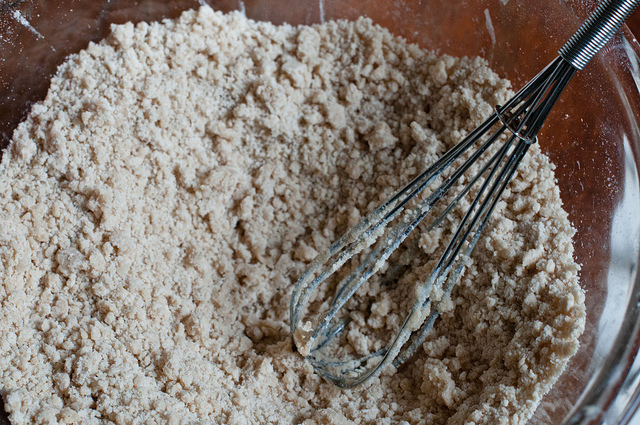
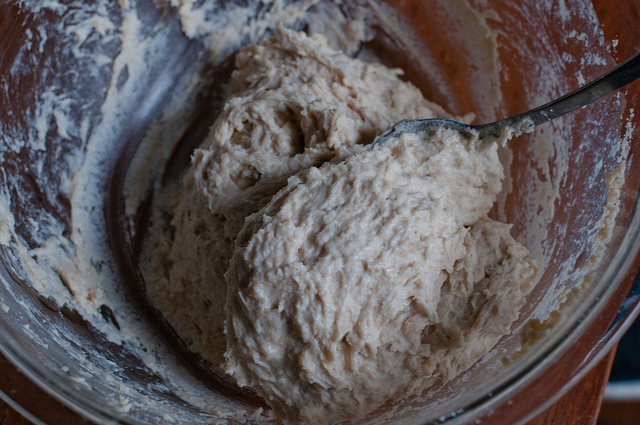
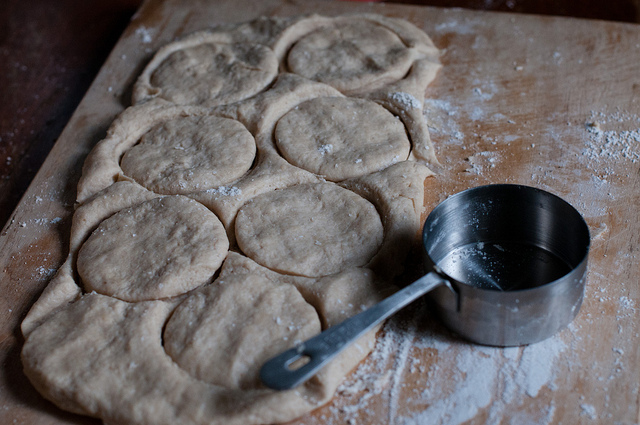
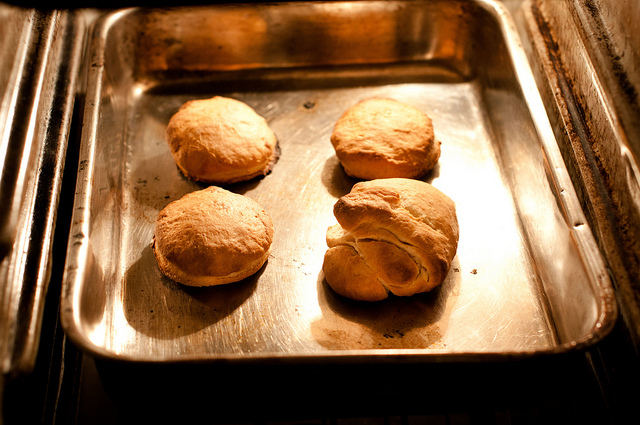
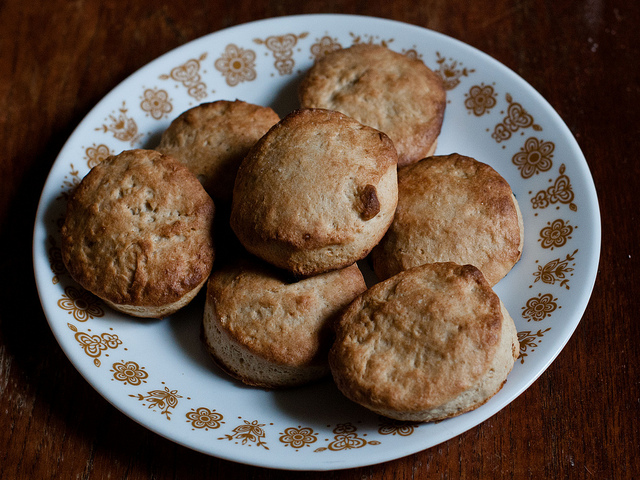
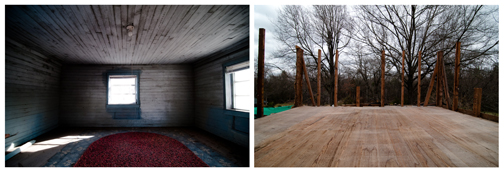

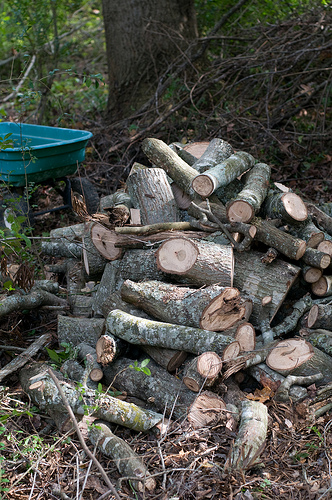

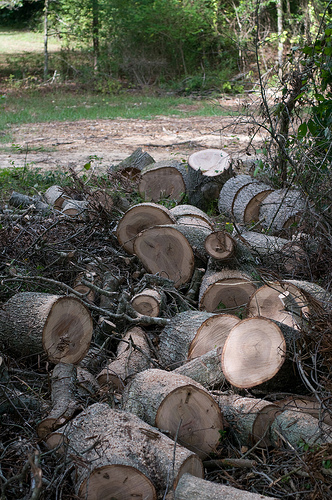
December 13, 2011 at 10:05 pm
Looks like y’all will be eatin’ bamboo shoots in the spring – watch out fer that stuff. make’s good screening though.
December 14, 2011 at 9:51 am
K. is looking gorgeous! I must admit, I’m interested to here your urban ramblings since that’s where my space is. This one is close to my heart as I rage (in small ways) against why people have so much waste pretty regularly. Take care!